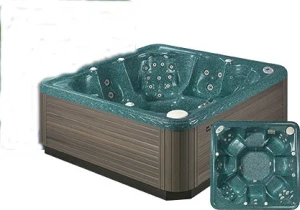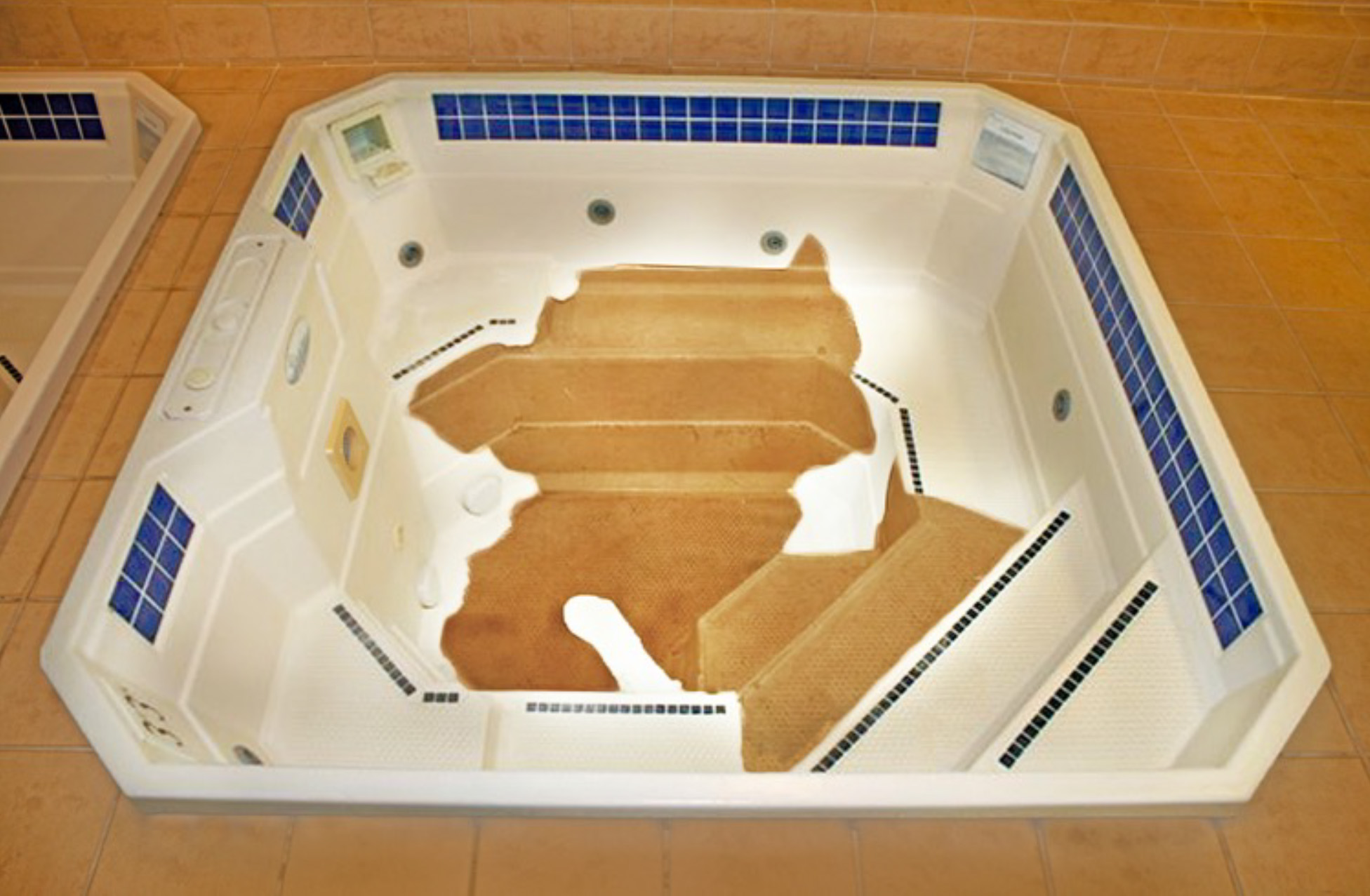Steve, a professional spa surface repair contractor, faces a challenging situation with recurring defects after repairing blisters on acrylic spas. This issue not only impacts the reliability of his work but also affects customer satisfaction. Understanding and addressing the root causes of these failures is crucial for ensuring durable repairs and maintaining a reputation for quality service.
The appearance of new problems following initial repair attempts can stem from several factors. Steve’s experience with call-back requests points to a need for a deeper dive into the repair process to identify missteps or overlooked details that could lead to subsequent failures.
To avoid the recurrence of blisters and ensure long-lasting repairs, Steve and other repair professionals should:
The key to successful spa surface repairs lies in meticulous attention to detail, using the correct materials, and adhering to proven procedures. By identifying and addressing the potential causes of blister repair failures, Steve and his peers can enhance the quality and durability of their repairs, thus avoiding costly call-backs and cementing their reputation for reliable service. Multi-Tech Products’ extensive experience and specialized products offer the support needed to tackle these challenges effectively.
For more information on spa repair procedures and to explore a range of high-performance repair products, visit Multi-Tech Products’ website. Here, you’ll find the resources and guidance needed to elevate your spa repair services to the next level.



Find all the essential information about Multi-Tech Products, from contact details to terms of service, in our comprehensive footer section. We’re here to help you with all your surface repair needs.

Your order has been confirmed & it is on the way. Check your email for the details